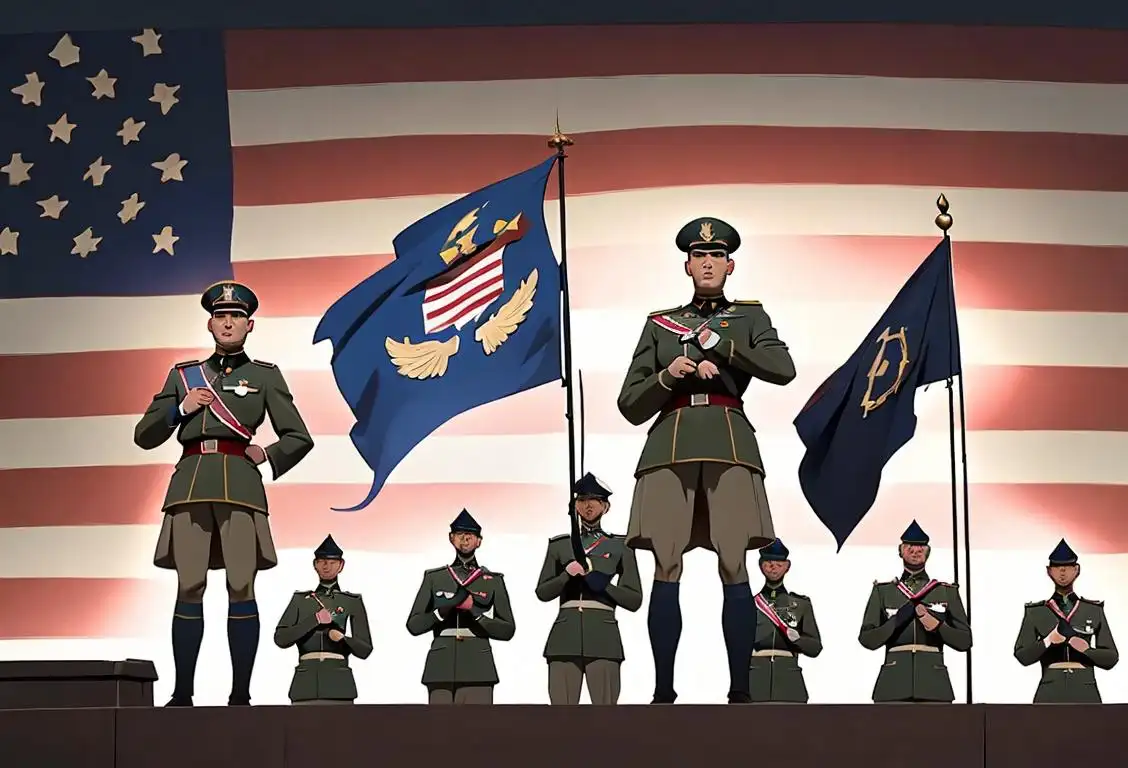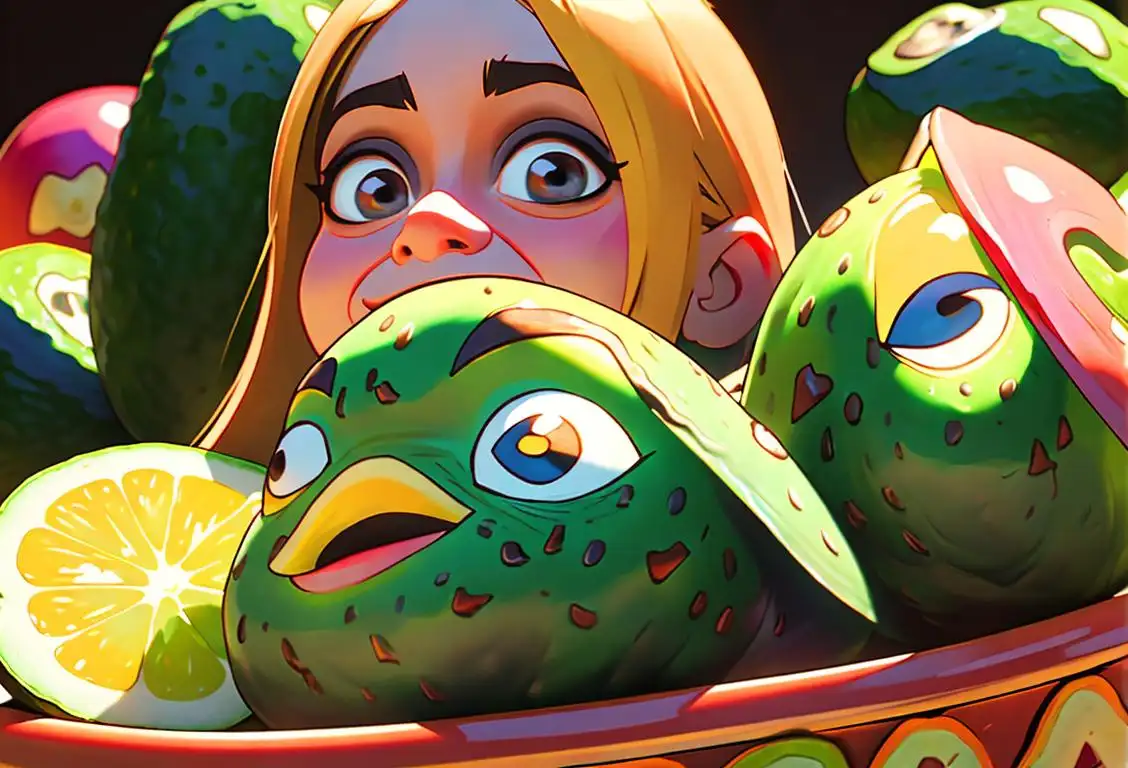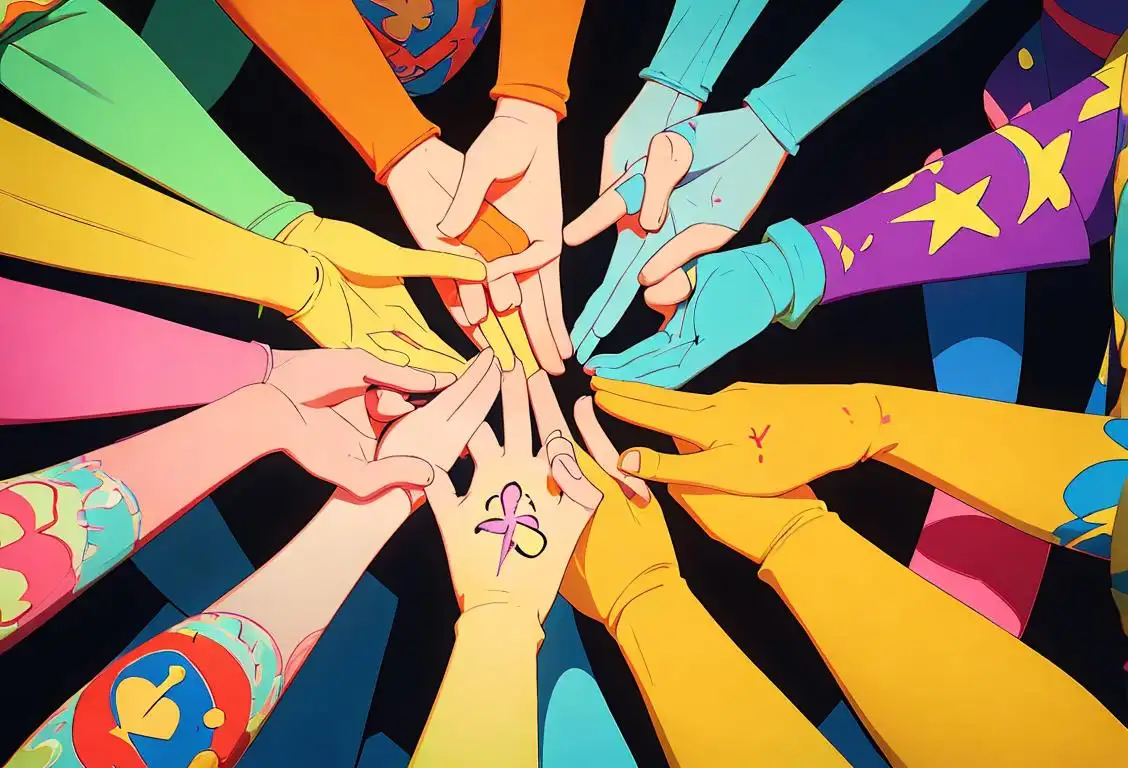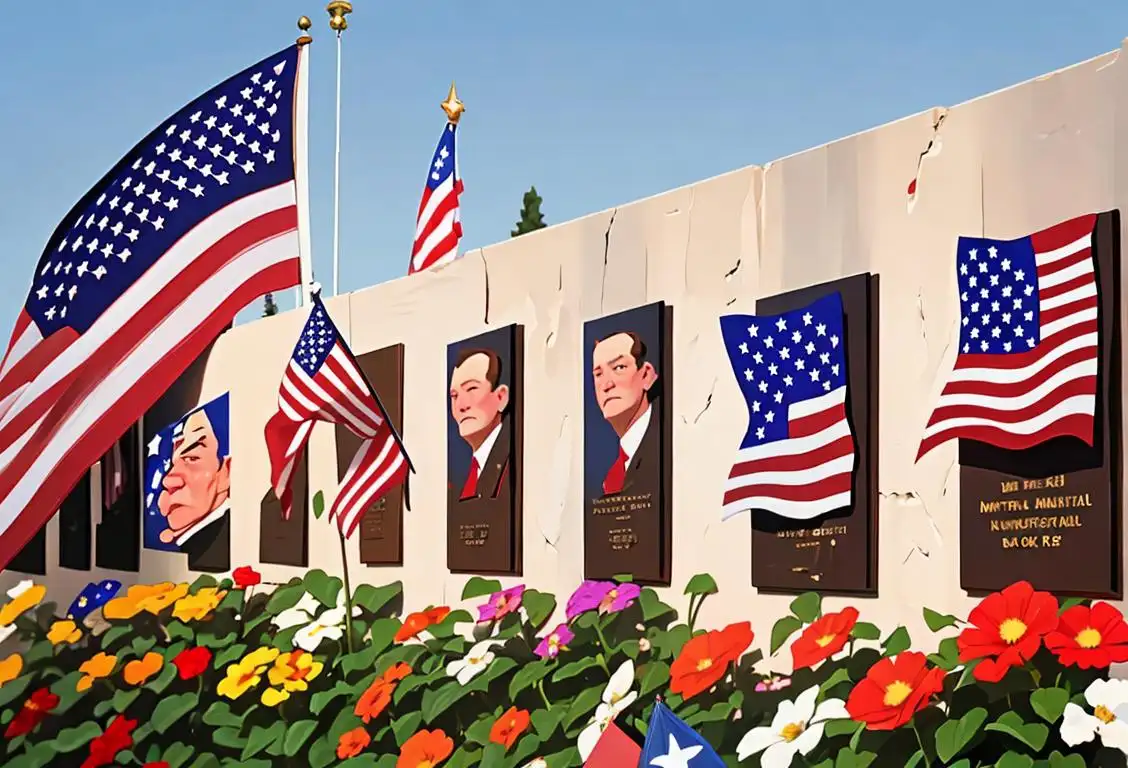National Veterinary Day
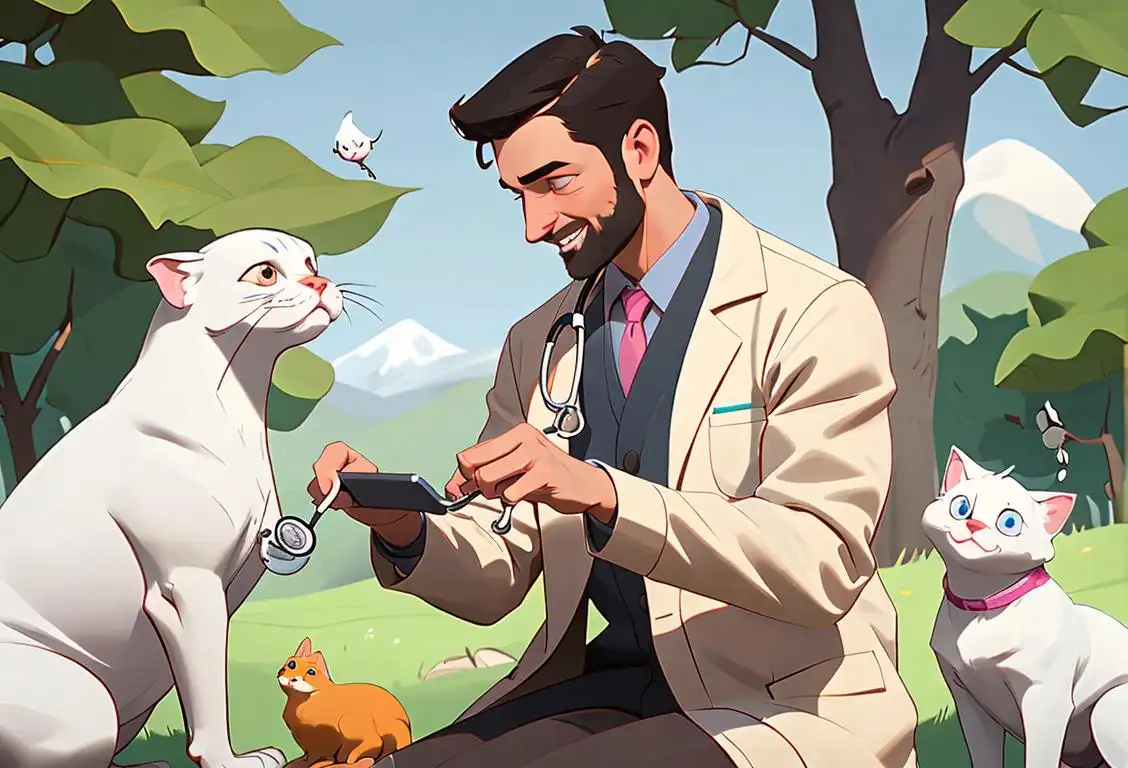
Welcome to National Veterinary Day! Today we celebrate the unsung heroes in white coats who care for our beloved furry friends. It's a day to honor those who dedicate their lives to the well-being of animals, and maybe even give your own pet an extra snuggle or two! So, let's roll up our sleeves and dive into the fascinating world of veterinary medicine.
When is Veterinary Day?
It's national veterinary day on the 29th April.
The Origin of National Veterinary Day
While the exact origin of National Veterinary Day remains a mystery, one thing is for sure: it's a day worth celebrating! Veterinary medicine dates back thousands of years, with evidence of animal healthcare found in ancient Egypt and Mesopotamia. Can you believe our ancestors were already taking care of their pets' health way back then?
A Day in the Life of a Vet
Being a veterinarian isn't all puppy kisses and kitten cuddles (although, let's be honest, those are pretty great). It's a demanding profession that requires years of education, dedication, and a whole lot of love for animals. Vets provide medical care, perform surgeries, give vaccinations, and even offer advice on nutrition and overall pet wellness. They're basically superheroes with stethoscopes!
How to Celebrate National Veterinary Day
Now, you may be wondering how you can join in on the celebration. Here are a few ways:
- Thank a veterinarian: Take a moment to express your gratitude to the veterinarians in your life. Whether it's a heartfelt thank-you card or a simple shout-out on social media, let them know how much their work means to you and your furry friends.
- Donate to animal shelters: Many veterinarians work closely with animal shelters and rescue organizations. Show your support by making a donation or volunteering your time to help our four-legged friends in need.
- Schedule a check-up for your pet: Take this opportunity to give your own pet some extra TLC. Schedule a routine check-up with your vet to ensure your furry friend is healthy and happy.
Did You Know?
Facts can be fun, right? Did you know that the word 'veterinarian' comes from the Latin word 'veterinae,' which means 'draught animals'? That's right, veterinarians were originally focused on working animals like horses and oxen. Over time, the field expanded to include all creatures great and small!
History behind the term 'Veterinary'
1762
Early Application of Animal Medicine
The history of veterinary medicine dates back to 1762 when the first veterinary school was established in Lyon, France. Known as the Lyon Veterinary School, it was founded by Claude Bourgelat with the aim of training individuals in the treatment and care of animals. This marked the formal recognition of a specialized field dedicated to the health and well-being of animals.
1791
The Term Veterinary Introduced
In 1791, the term 'veterinary' made its first appearance as an adjective in the English language. It derived from the Latin word 'veterinarius,' meaning 'of or pertaining to beasts of burden' or 'pertaining to veterinary medicine.' This marked the beginning of the term's usage to describe the science and practice of animal medicine.
1879
Formation of the First Veterinary Association
The year 1879 witnessed the formation of the first veterinary association, known as the British Veterinary Association (BVA). The BVA aimed to promote the veterinary profession and advocate for animal welfare. This landmark event not only brought veterinarians together but also played a pivotal role in advancing veterinary medicine globally.
1946
World Organization for Animal Health (OIE) Established
In 1946, the World Organization for Animal Health (OIE) was established as an intergovernmental organization dedicated to improving animal health worldwide. The OIE sets international standards and guidelines for veterinary medicine, ensuring the safe trade of animals and animal products and preventing the spread of animal diseases. It has significantly influenced the global landscape of veterinary medicine.
1963
AVMA Recognizes Veterinary Specialties
The American Veterinary Medical Association (AVMA) took a major step in the development of veterinary medicine by recognizing veterinary specialties in 1963. This recognition allowed veterinarians to pursue advanced training and specialize in specific areas of veterinary medicine such as surgery, radiology, dermatology, and oncology. It greatly enhanced the quality of care and expanded the scope of veterinary practice.
1997
Veterinary Telemedicine Emerges
The rise of technology in the 1990s led to the emergence of veterinary telemedicine, allowing veterinarians to remotely diagnose and treat animals through the use of video consultations and digital communication. This breakthrough revolutionized veterinary care, particularly for remote and underserved areas, by providing access to expertise regardless of geographical barriers. Veterinary telemedicine continues to evolve and positively impact animal health.
Did you know?
The word 'veterinarian' comes from the Latin word 'veterinae,' which means 'draught animals'!Tagged
awareness loved onesFirst identified
29th April 2018Most mentioned on
29th April 2018Total mentions
23Other days
Compliment Day
Cheese Pizza Day
Pumpkin Day
Medal Of Honor Day
Guac Day
Foundation Day
Suicide Prevention Day
Memorial Day
Cancer Survivors Day
Bacon Day



